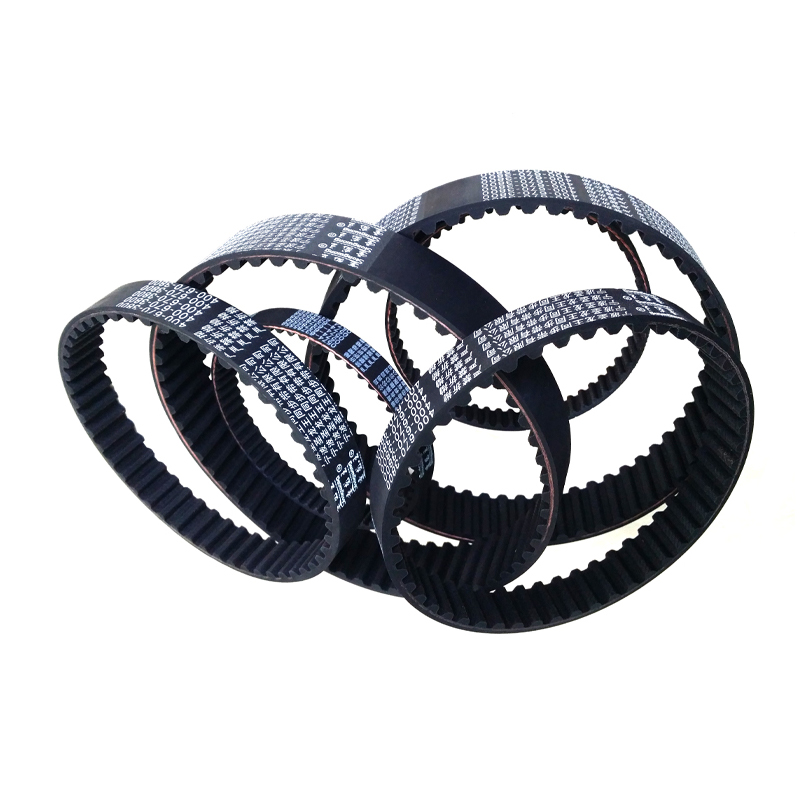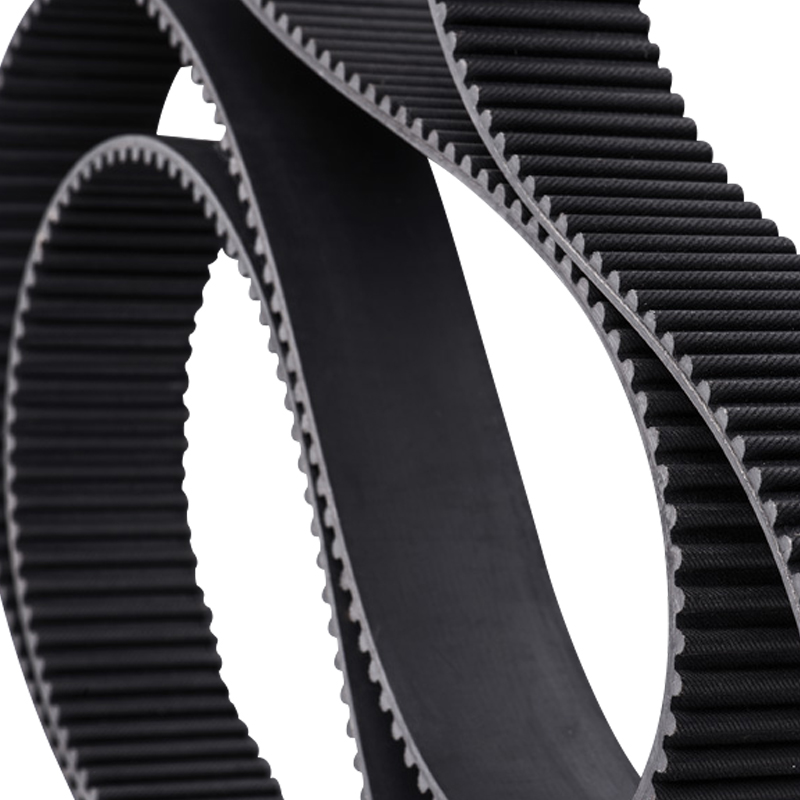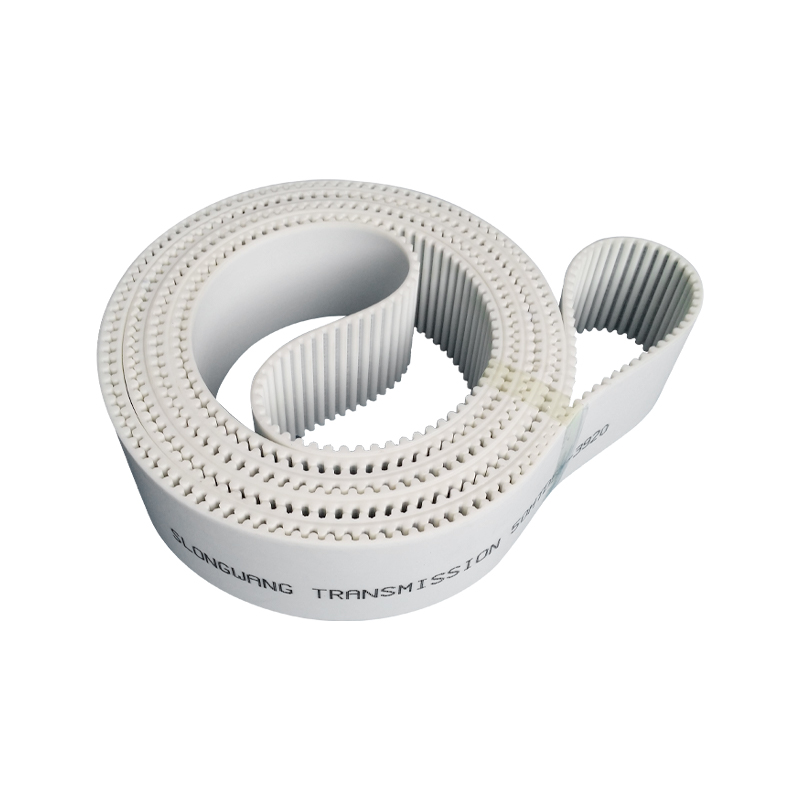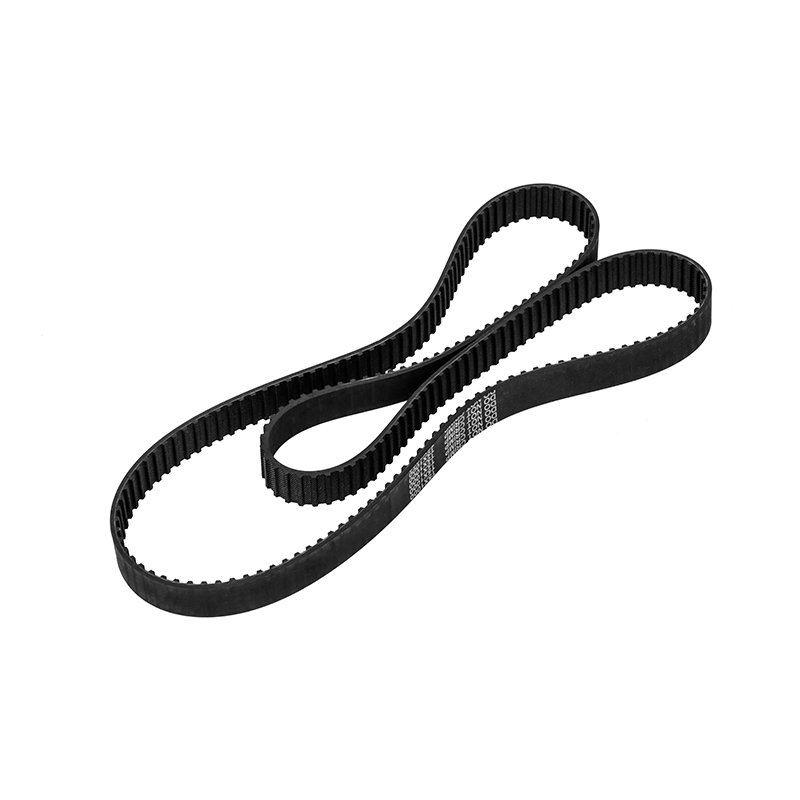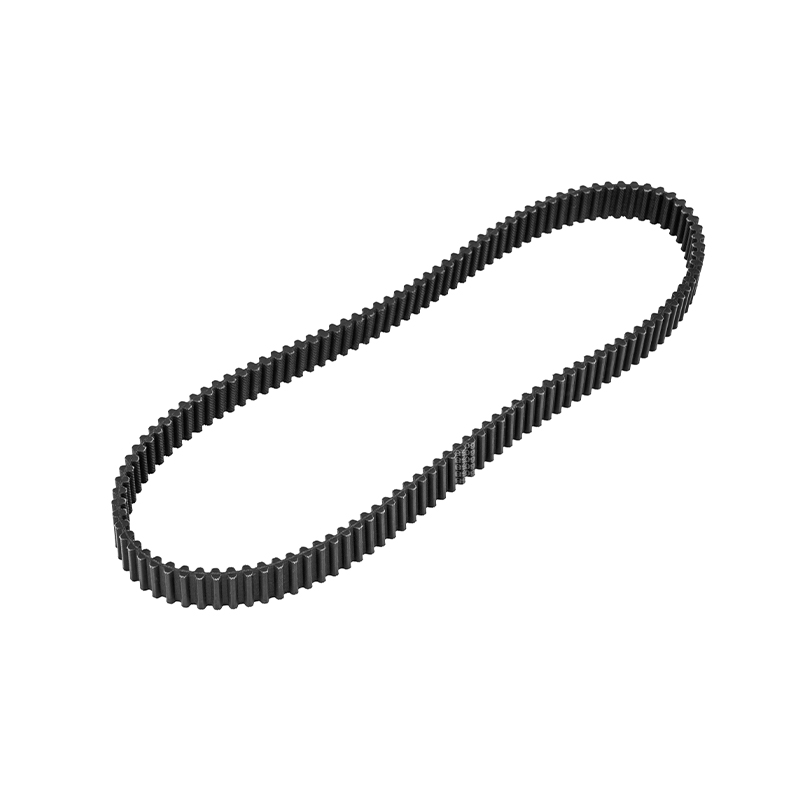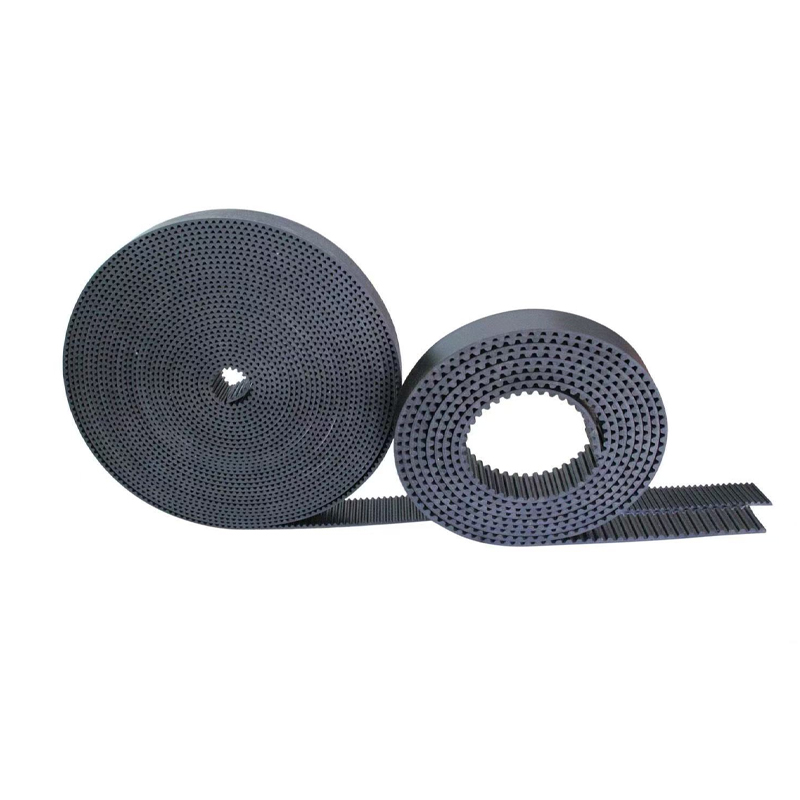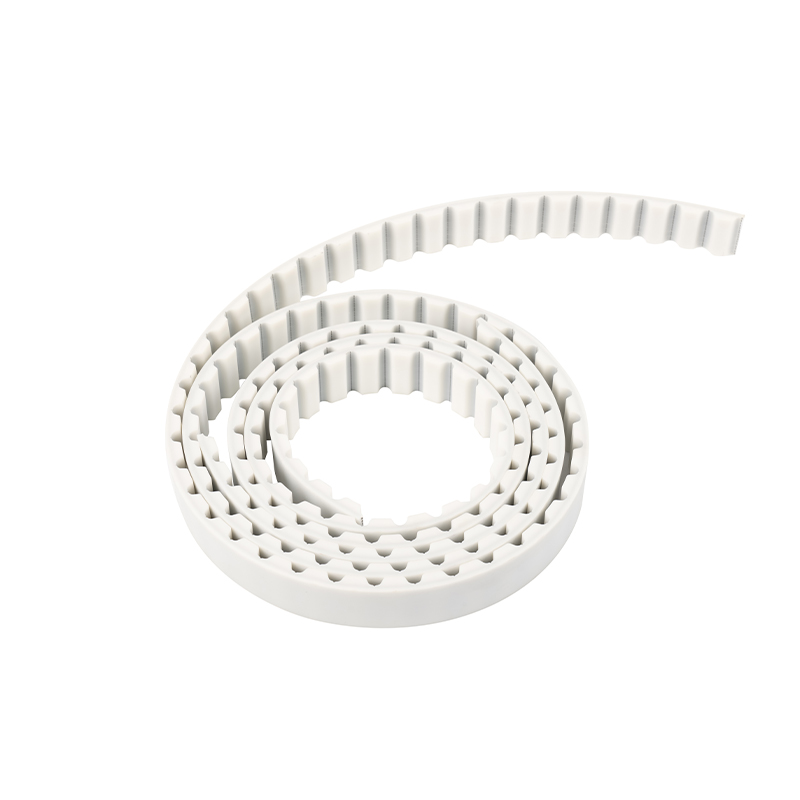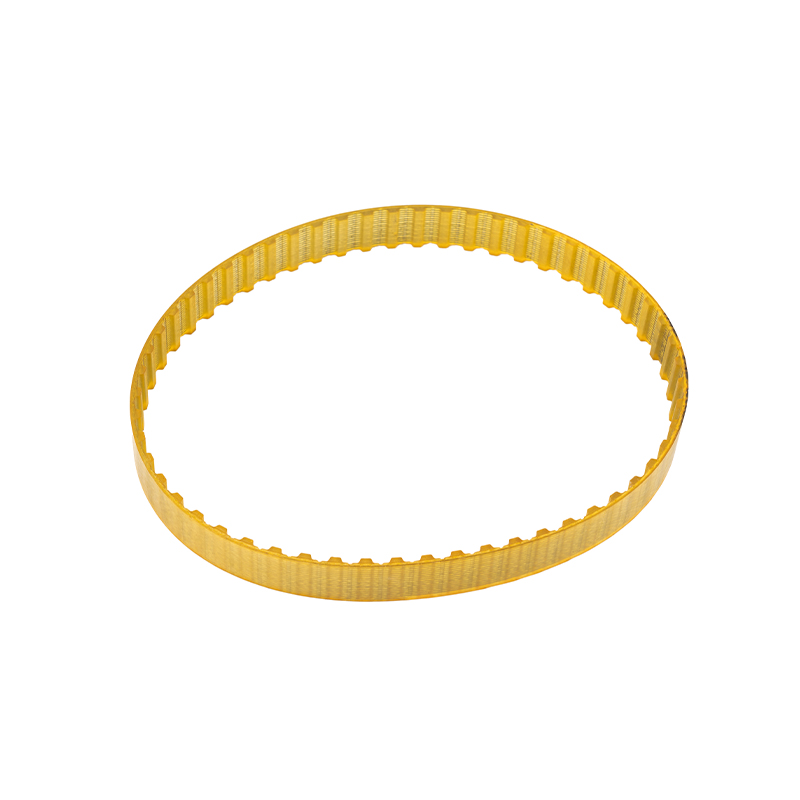How to improve the running stability of equipment through double-sided tooth synchronous belt
2025-06-25
Content
In industrial equipment, the stability of the transmission system directly affects the production efficiency and the operating life of the equipment. In recent years, with the continuous improvement of the level of industrial automation, many manufacturers have begun to pay attention to how to improve the stability of equipment through more advanced transmission technology. As a new type of transmission element, double-sided tooth synchronous belt has gradually become one of the core technologies for improving the running stability of equipment with its unique design and advantages.
Basic overview of double-sided tooth synchronous belt
Double-sided tooth synchronous belt is a transmission belt with double-sided tooth design. Compared with the traditional single-sided tooth synchronous belt, the double-sided tooth synchronous belt can be closely meshed with the tooth groove of the pulley on both sides, so that the load can be shared more evenly during operation, ensuring the high efficiency and stability of the transmission. This structural innovation makes the double-sided tooth synchronous belt have an advantage that cannot be ignored in improving the stability of equipment.
Specific ways to improve the stability of equipment with double-sided tooth synchronous belt
1. Reduce vibration and noise
When the equipment is running at high speed, its stability is often affected by vibration and noise problems. Traditional single-sided tooth synchronous belts often produce unbalanced loads when running at high speeds, resulting in uneven gear meshing, which in turn produces large vibrations and noise. This problem is particularly evident under high-load, high-speed conditions.
The double-sided tooth synchronous belt is designed with a double-sided tooth profile, which can effectively distribute the load during the transmission process. Since both sides of the synchronous belt contact the pulley at the same time, the load is evenly distributed, reducing the imbalance of the gears, thereby reducing vibration and noise. This advantage makes the operation of the equipment smoother, and is particularly suitable for precision equipment and occasions with strict requirements on noise, such as medical equipment, laboratory instruments, and high-end manufacturing equipment.
2. Improve load bearing capacity and transmission accuracy
Another significant advantage of the double-sided tooth synchronous belt is its excellent load bearing capacity. Traditional single-sided tooth synchronous belts can only bear the transmission load through one side of the tooth surface, which is prone to local wear and uneven tension. The double-sided tooth meshing design of the double-sided tooth synchronous belt can effectively distribute the load to both sides of the pulley, thereby reducing the wear and fatigue of the belt body during long-term operation and improving the load bearing capacity.
In addition, the precision tooth design of the double-sided tooth synchronous belt can ensure high-precision synchronous transmission and reduce the gap between gears, thereby ensuring the efficient operation of the equipment. In some industries with extremely high requirements for transmission accuracy, such as precision instruments and CNC machine tools, the double-sided tooth synchronous belt can effectively improve the operating stability of the equipment and ensure its long-term and efficient operation.
3. Extend service life
Due to the design of the double-sided tooth synchronous belt, which can evenly distribute the load and reduce the imbalance of the gears, its wear resistance and fatigue resistance are stronger than those of traditional synchronous belts. This design greatly extends the service life of the synchronous belt, especially in high-load and high-frequency working environments.
Traditional synchronous belts often fail prematurely due to local wear or tooth surface fatigue during long-term operation, while the double-sided tooth synchronous belt can maintain stable operation for a longer time due to its unique double-sided load distribution and material selection. Therefore, the equipment using the double-sided tooth synchronous belt will also significantly shorten the maintenance cycle, reducing the downtime and maintenance costs of the equipment.
4. Improve the smoothness of starting and stopping
During the process of starting and stopping, the equipment is often accompanied by large instantaneous impact and vibration. Especially in some high-load or frequent starting and stopping conditions, the traditional synchronous belt may generate a large impact force due to the sudden change of the transmission system, affecting the stability of the equipment.
The double-sided tooth synchronous belt can transition more smoothly during the start and stop process through its double-sided load-bearing design, reducing the vibration and impact caused by sudden load changes. Its precise tooth surface meshing makes each start and stop smoother, avoiding wear or failure of the equipment due to impact. This feature is particularly suitable for equipment that needs to be started frequently or run at high speed, such as automated production lines, conveying systems, etc.
5. Adapt to extreme working conditions and environmental changes
In many industrial environments, equipment needs to cope with extreme temperature, humidity or other harsh working conditions. Traditional synchronous belts are prone to performance degradation in these environments, such as tooth surface aging, material fatigue and other problems. The double-sided tooth synchronous belt can maintain excellent performance in high temperature, low temperature and high humidity environments by using high-strength and wear-resistant materials and specially treated surface layers.
In addition, the structural design of the double-sided tooth synchronous belt enables it to cope with higher loads and more complex working conditions, thereby ensuring that the equipment can still operate smoothly under extreme working conditions. This makes the double-sided tooth synchronous belt an ideal choice for special environments such as heavy loads, high temperatures and high humidity in industries such as mining, metallurgy, and petrochemicals.
How to choose a suitable double-sided tooth synchronous belt
Although the double-sided tooth synchronous belt has many advantages, it is also crucial to choose a suitable double-sided tooth synchronous belt in order to maximize its role in improving equipment stability. The following factors should be considered when choosing:
1. Matching of pulleys and synchronous belts: The tooth shape of the synchronous belt and the tooth groove of the pulley must be precisely matched to ensure good meshing between the synchronous belt and the pulley, and improve transmission efficiency and equipment stability.
2. Material and performance requirements: Select suitable synchronous belt materials according to the working environment of the equipment. For example, in high temperature or high humidity environments, high temperature resistant and corrosion resistant materials should be selected; in high load environments, synchronous belts with high tension resistance and wear resistance should be selected.
3. Correct tension adjustment: Too much or too little tension of the synchronous belt will affect its performance and service life. The tension of the synchronous belt should be accurately adjusted according to the load requirements of the equipment to ensure that it works in the best condition.
4. Adaptability to the working environment: Choose a double-sided tooth synchronous belt that can cope with special working environments to ensure that it can still maintain good performance in extreme environments, such as oil resistance, water resistance, dust resistance, etc.


 English
English 中文简体
中文简体